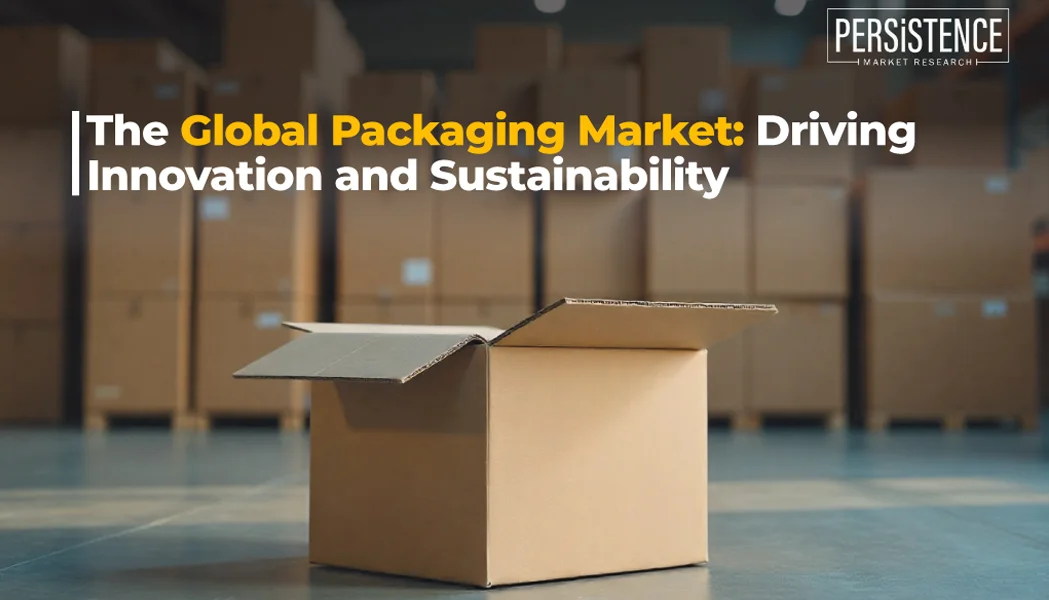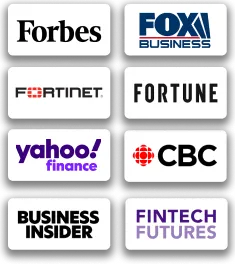- Blog
- Packaging Market Innovation
The Global Packaging Market: Driving Innovation and Sustainability
Published On : 11 Aug 2025
The global packaging market is experiencing a fundamental evolution that goes far beyond its traditional role as a simple container. Today, packaging stands at the crossroads of cutting-edge technology, urgent sustainability demands, and shifting consumer expectations. In an increasingly interconnected global economy, packaging has become a critical driver not only of product protection but also of compelling brand storytelling and responsible environmental stewardship. Its influence now shapes the entire lifecycle of products from manufacturing to end-user experience.

The Growth Trajectory of the Global Packaging Market
- E-commerce Expansion: The shift towards online retail requires packaging that is optimized for logistics, is durable, lightweight, and designed for seamless shipping and returns.
- Sustainability Mandates: Regulatory frameworks worldwide increasingly mandate the reduction of plastic waste and encourage recyclable, biodegradable, or reusable packaging.
- Technological Integration: Smart packaging solutions leveraging IoT, QR codes, and blockchain ensure product authenticity, traceability, and interactive consumer engagement.
Sustainability Moving from Trend to Necessity
Environmental sustainability has moved to the forefront of packaging innovation. The repercussions of single-use plastics and non-recyclable materials have catalyzed a global push toward eco-friendly packaging alternatives. This shift is not only driven by regulatory pressures but also by heightened consumer awareness and preference for green products.
Leading packaging manufacturers are investing heavily in-
- Materials that naturally decompose without leaving harmful residues.
- Utilizing post-consumer recycled materials to reduce reliance on virgin resources.
- Reducing packaging volume and material use while maintaining protection.
Sustainability now represents a critical competitive advantage, helping brands build trust and loyalty in increasingly eco-conscious markets.
The Technological Revolution in Packaging
Packaging today is a sophisticated technology platform that integrates advanced materials science with digital capabilities. Smart packaging has emerged as a strategic differentiator, offering tangible benefits across the supply chain and to end consumers alike.
Some key technological innovations are-
- RFID and NFC Tags- Enabling real-time inventory tracking, anti-counterfeiting measures, and seamless checkout experiences.
- QR Codes and Augmented Reality (AR)- Providing consumers with instant access to product information, usage instructions, and brand stories.
- Sensor-Enabled Packaging- Monitoring conditions such as temperature and humidity, critical for sensitive products like pharmaceuticals and perishables.
These innovations empower brands to create more engaging and transparent relationships with consumers, while enhancing operational efficiencies.
Industry-Specific Packaging Dynamics
Different industries impose unique demands on packaging solutions. Understanding these nuances is essential to optimize packaging strategies.
- Food and Beverage
Packaging must balance food safety, shelf-life extension, and consumer convenience. Innovations like active and intelligent packaging help maintain freshness, reduce spoilage, and provide real-time product condition updates. Moreover, sustainable packaging aligns with growing consumer expectations in this highly competitive sector.
- Pharmaceuticals
The pharmaceutical industry demands tamper-evident, child-resistant, and climate-controlled packaging to ensure patient safety and product efficacy. Smart packaging technologies facilitate product authentication and traceability, combating counterfeit drugs and regulatory non-compliance.
- Consumer Electronics and E-Commerce
Fragile and high-value products necessitate protective yet lightweight packaging. The rise of e-commerce requires modular packaging systems designed for efficient shipping and returns, while maintaining brand aesthetics and minimizing environmental impact.
How is the rise of e-commerce reshaping global packaging requirements?
The exponential growth of e-commerce fundamentally alters packaging design and logistics. Products sold online face extended transit routes and multiple handling points, requiring packaging solutions that are robust, lightweight, and cost-effective. Additionally, sustainability demands compel e-commerce brands to adopt recyclable or reusable packaging. Customer experience considerations have led to innovations such as easy-to-open, frustration-free packaging and return-friendly designs, which reduce waste and enhance brand loyalty.
What are the most promising technologies transforming the packaging industry today?
The packaging industry is rapidly embracing a suite of technologies to meet the demands of a digitized economy. Smart packaging, incorporating RFID, NFC, and QR codes, facilitates product authentication, combats counterfeiting, and offers interactive consumer experiences. Furthermore, AI-powered packaging optimization tools reduce material usage and shipping costs by tailoring packaging sizes to exact product dimensions. Emerging developments in blockchain technology are also enabling unprecedented transparency in supply chains, ensuring ethical sourcing and compliance with regulatory standards.
Challenges Facing the Packaging Industry
- Material Cost Volatility- Fluctuations in raw material prices, particularly plastics and metals, impact profit margins and pricing strategies.
- Environmental Regulation Compliance- Navigating diverse and evolving regulations across different regions requires significant investment and agility.
- Consumer Education- While demand for sustainable packaging grows, educating consumers on proper disposal and recycling remains a persistent hurdle.
Addressing these challenges demands cross-sector collaboration, innovation, and a commitment to sustainable practices.
Strategic Recommendations for Industry Stakeholders
Industry stakeholders should prioritize investing in research and development of biodegradable, compostable, and recyclable materials to meet regulatory requirements and consumer demand. Embracing smart packaging technologies improves supply chain transparency, product safety, and customer interaction. Packaging designs need to balance protection, convenience, and visual appeal, especially for the growing e-commerce sector. Collaboration across the entire value chain, including suppliers, logistics, and recycling partners, is essential to establish closed-loop systems that reduce environmental impact.
Industry Report

Request Report Sample
Your privacy is important to us; your data is secure
Contact Us
Latest Reports
-
Piezoresistive Pressure Sensor Market by Sensor Type (Absolute, Gauge, Differential, Sealed), Pressure Range (Low Pressure (<10 kPa), Medium Pressure (10 kPa – 1000 kPa), High Pressure (>1000 kPa)), End-Use Industry (Automotive & Transportation, Industrial Manufacturing, Healthcare, Aerospace & Defense, Electronics) and Regional Analysis for 2026-2033
-
Aquarium Accessories Market by Product Type (Filtration Items, Lights & Hoods, Temperature Control Systems, Others), End-User (Residential, Commercial), Distribution Channel (Online, Offline), and Regional Analysis for 2026-2033
-
Oxygen Therapy Market by Product Type (Compressed Oxygen, Concentrated Oxygen, Liquid Oxygen), Disease (Respiratory Disorder, Cardiovascular Disease, Sleep Apnea, Pneumonia), End-User (Hospitals, Home Healthcare, Clinics), and Regional Analysis for 2026-2033
-
Air Curtains Market by Product Type (Non‑Recirculating, Recirculating, Heated, Others), Airflow Capacity (Up to 500 m³/h, 500–1000 m³/h, 1000–1500 m³/h, Above 1500 m³/h), Application (Commercial, Industrial, Residential, Others), and Regional Analysis for 2026–2033
-
Personalized Stationery Market by Product type (Storage & Filling Products, Paper-Based Products, Drawing & Writing Instruments, Accessories, Bags, Others), Application (Educational Institutes, Corporate Offices, Personal Use, Hospitals, Others), and Regional Analysis for 2026–2033
